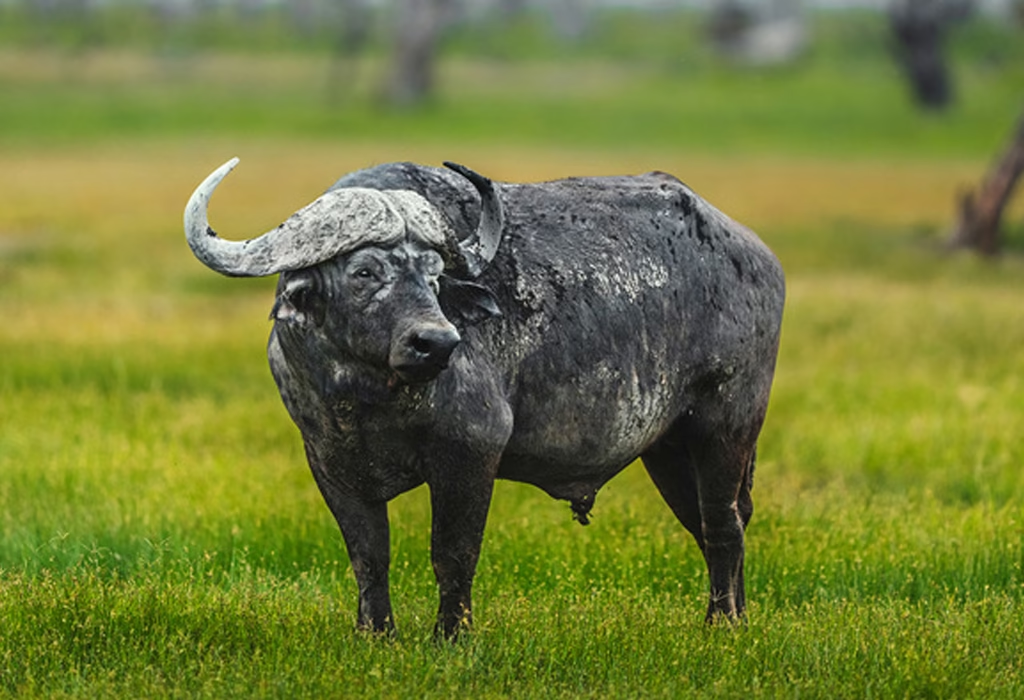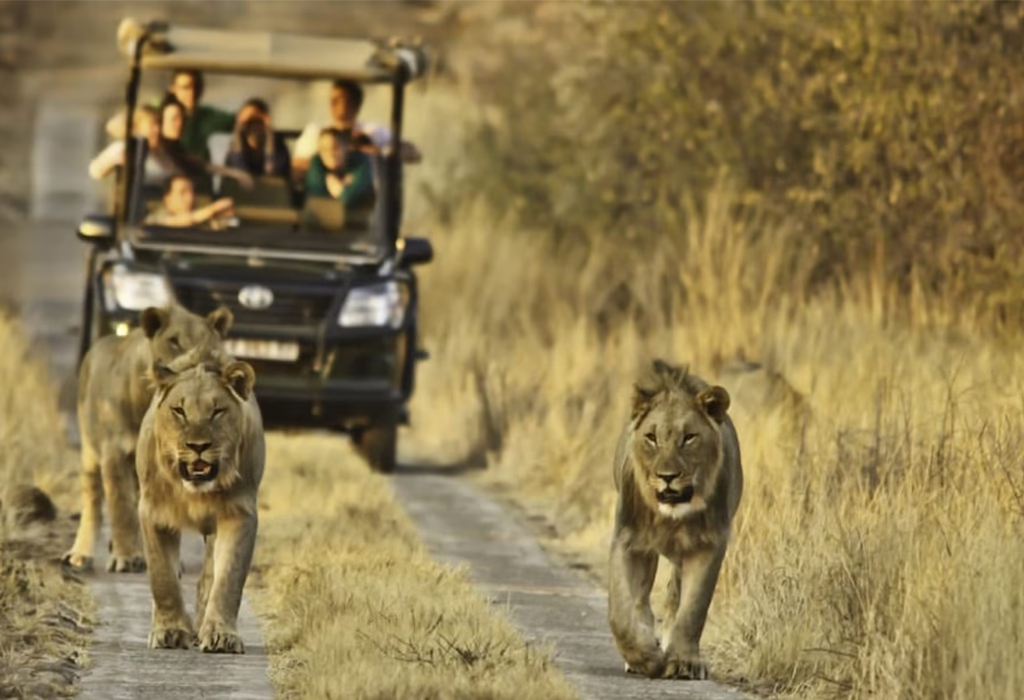
10 Fascinating Facts About Cape Buffalo
10 Fascinating Facts About Cape Buffalo
The African wilderness is filled with captivating creatures, each playing a vital role in its vibrant ecosystems. But among the Big Five, few animals inspire awe quite like the Cape buffalo. With their rugged strength, unyielding loyalty to their herd, and unpredictable nature, these mighty beasts symbolize the raw, unfiltered spirit of the African savannah. Watching a herd of Cape buffalo move across the plains is like witnessing a living, breathing wall of power calm yet capable of astonishing intensity. For wildlife enthusiasts, safari goers, and conservationists, the Cape buffalo is not just another animal but a legend in motion.
Whether you’re dreaming of your first African safari or seeking to deepen your knowledge of African wildlife, here are 10 fascinating facts about the Cape buffalo that will leave you inspired, enlightened, and even a little in awe.
1. They Are True Survivors
Cape buffalo are among Africa’s most resilient creatures. Found across sub-Saharan Africa, they adapt to a variety of habitats—ranging from dense forests and swamps to open grasslands and savannahs. Their ability to thrive in these diverse environments, even with constant threats from predators and disease, is a testament to their hardiness. They are not domesticated and have resisted taming by humans, preserving their wild essence across generations.
2. They Belong to the Big Five
The Cape buffalo holds a special place in African safari culture as one of the iconic Big Five alongside lions, elephants, leopards, and rhinos. This title was originally given by hunters to the five most dangerous animals to hunt on foot. While modern tourism has embraced the Big Five for photography and conservation, the Cape buffalo still commands immense respect. They are known for their unpredictability and courage when threatened, earning them the nickname “Black Death” among local guides.
3. They Live in Large, Structured Herds
Cape buffalo are social animals that live in herds ranging from a few dozen to over a thousand individuals. These herds are often structured, with dominant bulls, females, and their young forming tight-knit bonds. The safety of the group lies in numbers, and they use unity as their greatest defense. When one member is under threat, the entire herd may turn to protect it, showcasing an incredible sense of solidarity.
4. They Have Exceptional Memory and Intelligence
Contrary to what many believe, Cape buffalo are not just brutes. These animals exhibit remarkable memory and intelligence, especially when it comes to recognizing threats. There are accounts of buffalo remembering specific predators or even humans who have harmed them. They use this memory to avoid danger, change their migration paths, and communicate warning signals to the herd.
5. Old Bulls Form “Bachelor” Groups
Not all buffalo stay with the main herd forever. Older bulls, often past their reproductive prime, form smaller sub-groups known as “bachelor herds.” These bulls are usually more solitary and are often seen near water bodies or resting in the shade. While they may seem detached, they are still highly territorial and can be aggressive, especially when startled.
6. They Have Powerful Horns With a Purpose
One of the most distinctive features of the Cape buffalo is its large, curved horns. In males, the horns are fused at the base into a thick shield known as a “boss.” These horns are not just for display—they are weapons used in fights for dominance, protection from predators, and even communication. A bull with a strong boss is often seen as a symbol of dominance and experience.
7. They Have a Dangerous Reputation
Cape buffalo are responsible for more fatalities in Africa than most other large animals. This isn’t because they seek conflict, but because they respond fiercely to threats. A wounded buffalo, in particular, is known to circle back and ambush its attacker. Their unpredictability and sheer strength make them one of the most feared animals by both predators and humans. Yet, it’s also what makes them deeply respected across the continent.
8. Lions Are Their Main Predators—But the Battle Isn’t Easy
While lions are among the few predators capable of taking down a Cape buffalo, it’s rarely an easy victory. It often takes a coordinated attack from multiple lions to subdue one buffalo, and even then, the battle can be fierce and dangerous. In many cases, the herd will return to defend the fallen, using their horns and bulk to scatter the predators. This constant tension between predator and prey adds to the Cape buffalo’s legendary status in the wild.
9. They Play a Vital Role in Ecosystem Balance
Cape buffalo are grazers, feeding primarily on grasses. Their grazing habits help maintain the health of grasslands by preventing overgrowth, stimulating new plant growth, and dispersing seeds through their droppings. They also create pathways and water access points for smaller animals. In this way, buffalo are keystone species—meaning their presence benefits countless other creatures in the ecosystem.
10. Their Presence Marks a Thriving Habitat
A healthy population of Cape buffalo often indicates a well-balanced, thriving ecosystem. Their survival requires access to water, open grassland, and enough cover to protect their young. So, seeing a herd of buffalo on safari is not just a wildlife sighting—it’s a sign that the surrounding environment is functioning as nature intended. They are indicators of ecological harmony and conservation success.
Final Thoughts: Strength, Spirit, and Safari Majesty
The Cape buffalo is more than just a powerful animal; it represents the heart of Africa’s wild landscapes. From its unwavering loyalty to the herd to its role as both guardian and grazer, this majestic creature is a symbol of strength, endurance, and balance. It reminds us of the importance of protecting wild spaces and the intricate webs of life that depend on them.
For travelers, seeing a Cape buffalo in its natural habitat is a moment of reverence—a reminder of nature’s raw power and the beauty that comes with it. For conservationists, it is a call to preserve these living legends for future generations. And for all of us, it is an invitation to reconnect with the wild and to learn from the resilience, unity, and spirit of one of Africa’s most iconic giants.


